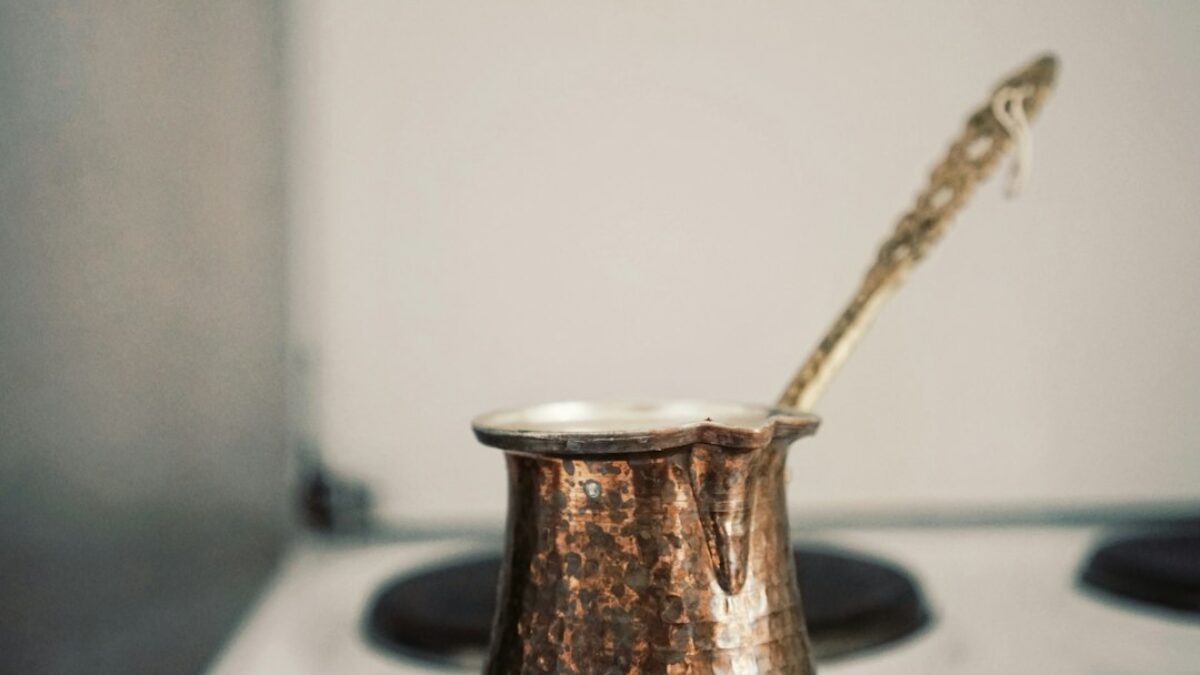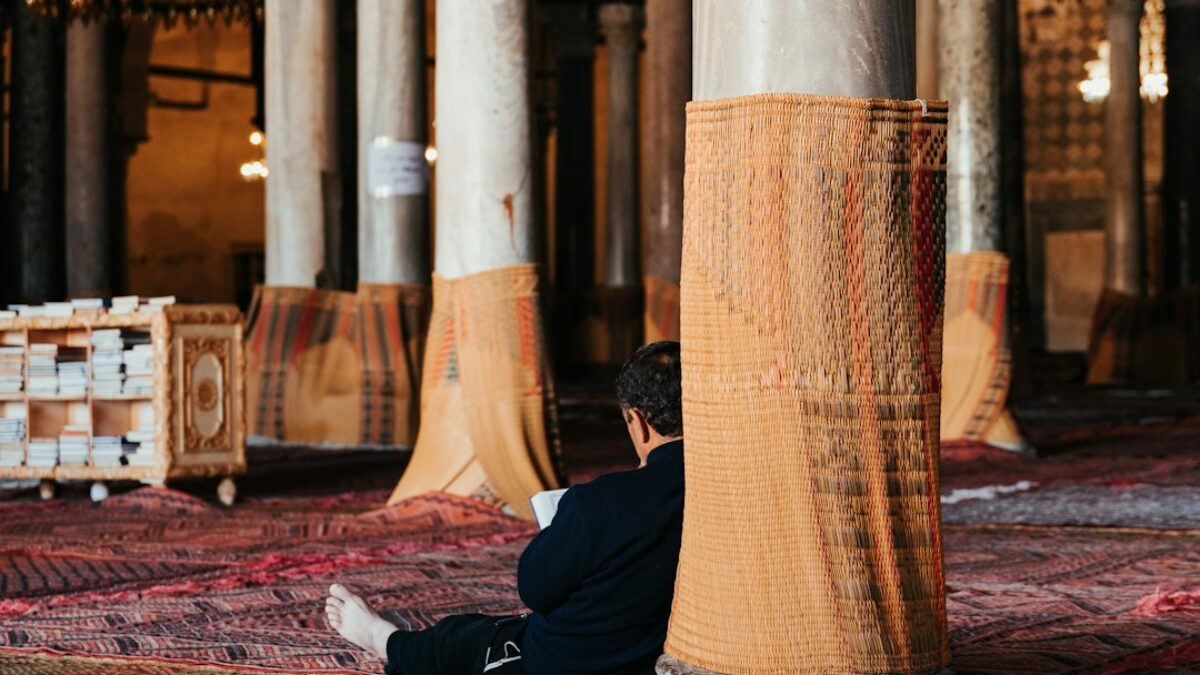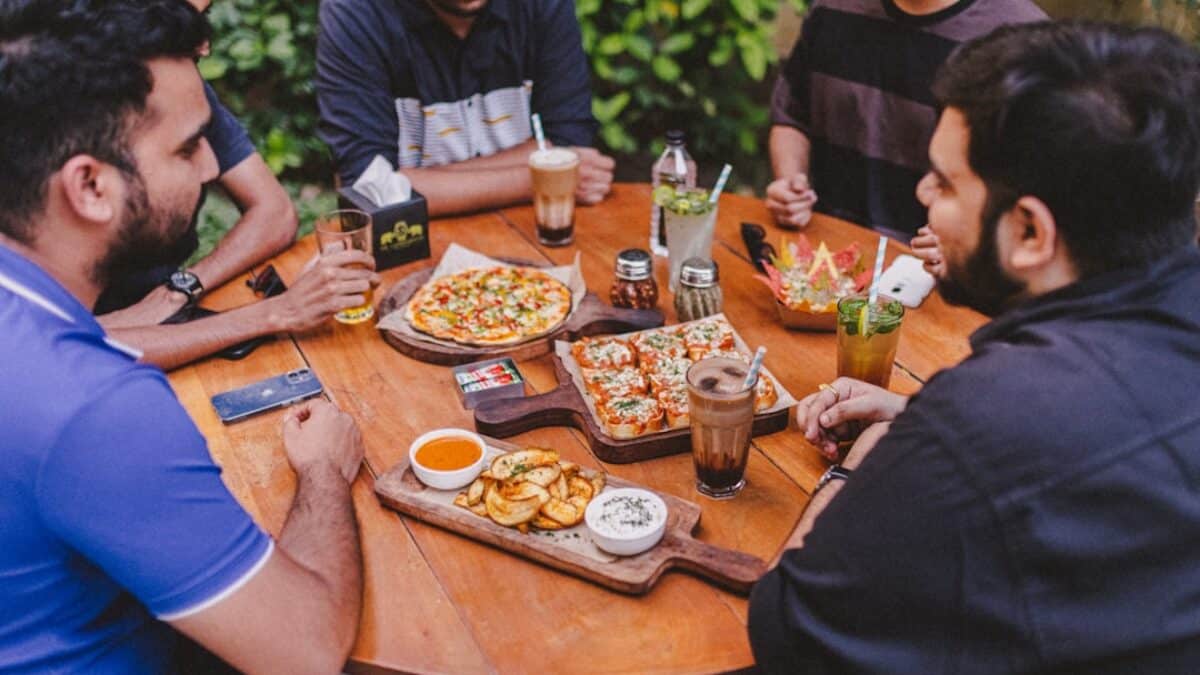Ramadan is a month of spiritual reflection, generous giving, and family bonding. When children see the adults around them fasting, praying, and sharing meals, they naturally want to join in. However, fasting from dawn to sunset is a big physical and emotional challenge for little bodies. The key is to prepare children gradually so that their first experiences of Ramadan are joyful, memorable, and rooted in love rather than pressure.
Understanding Ramadan Through a Child’s Eyes
Before diving into schedules and fasting hours, take a step back and ask: What does Ramadan look like to my child? A four-year-old may notice lanterns, sweet dates, and late-night family gatherings; a ten-year-old may be curious about why the grown-ups skip lunch. Framing Ramadan as a month-long celebration of kindness—rather than simply “not eating”—creates positive anticipation.
Explaining the Purpose in Age-Appropriate Language
- Ages 3–5: “Ramadan is when we fill our hearts with love and our tummies with yummy food after the sun goes to sleep.”
- Ages 6–9: “Allah gives us Ramadan to practice being patient, thankful, and helpful. When we fast, we remember people who don’t have enough food.”
- Ages 10–12: “Fasting teaches us self-discipline and gratitude. By controlling our hunger, we strengthen our spirit and our empathy.”
Using Storytelling and Imagery
Children remember narratives better than lectures. Create a “Ramadan Story Box” with:
- A miniature mosque made of cardboard to symbolize extra prayers.
- A small plate and cup to represent iftar (breaking the fast).
- A felt crescent moon that moves across a dark-blue fabric sky to show the lunar calendar.
Each night, let the child move the moon one step closer to Eid and tell a two-minute story about generosity, patience, or gratitude. This tactile ritual anchors abstract concepts in playful interaction.
Key Components of a Child-Friendly Ramadan Plan
To turn enthusiasm into sustainable practice, break Ramadan into four building blocks: knowledge, worship, charity, and joy. Each block contains small, age-scaled tasks that let children taste success without feeling overwhelmed.
Knowledge: Learning the Basics
- Read simple picture books about Ramadan together (titles like “Ramadan Moon” or “Lailah’s Lunchbox”).
- Create a family Ramadan calendar with windows that open to reveal one Quranic verse or hadith per day.
- Visit the mosque for a kid-friendly halaqa where questions are welcomed.
Worship: Practicing Acts of Faith
Fasting in Mini-Steps
Instead of a full-day fast, start with mini-fasts:
- Cut-out breakfast (fast until 10 a.m.) one weekend.
- Skip snacks between lunch and afternoon snack the next weekend.
- Finally, attempt a half-day fast (sunrise to midday) a week before Ramadan.
Celebrate each milestone with a “Fasting Star” sticker on a chart.
Prayer and Qur’an Connection
- Use a color-coded prayer rug for children; let them mark off each prayer with clothespins.
- Memorize one short surah together per week (e.g., Al-Asr or Al-Kawthar).
- Record the child’s recitation on your phone; play it back at suhoor to boost confidence.
Charity: Sharing Blessings
| Age Range | Charity Activity | Learning Outcome |
|---|---|---|
| 3–5 | Decorate a “Sadaqah Jar” and drop coins daily | Concrete understanding of giving |
| 6–9 | Pack iftar snack bags for neighbors or the homeless | Empathy and community service |
| 10–12 | Organize a toy or book drive at school | Leadership and project management |
Joy: Creating Positive Memories
Reinforce the festive spirit through:
Ramadan décor nights: string fairy lights, crescent banners, and paper lanterns. Iftar countdown chain: 30 paper links; rip one off each sunset. Bake-and-share sessions: date-filled cookies or qamar al-din (apricot leather) rolled into fun shapes.
Benefits and Importance of Early Ramadan Training
Introducing Ramadan practices during childhood yields lifelong dividends:
- Spiritual Identity: Children who grow up feeling “I belong to this beautiful tradition” carry a resilient sense of self.
- Self-Regulation: Mini-fasts teach delayed gratification—a skill linked to better academic and social outcomes.
- Family Cohesion: Shared goals (memorizing a surah, decorating the house) strengthen parent-child bonds.
- Social Awareness: Charity projects cultivate empathy and gratitude, reducing materialistic attitudes.
Practical Applications: A Week-by-Week Preparation Plan
Below is a four-week roadmap that balances gradual fasting practice, spiritual learning, and fun. Adjust dates to your calendar.
Week 1: Spark Curiosity
- Day 1: Unbox the Ramadan Story Box together.
- Day 2: Read a picture book and act out the story with dolls or action figures.
- Day 3: Bake crescent-shaped cookies; decorate with silver balls and sprinkles.
- Day 4: Visit the mosque at Maghrib so children hear the adhan echo.
- Day 5: Build a “Ramadan Fort” with blankets; read Qur’an inside with flashlights.
Week 2: Gentle Fasting Trials
- Pick one weekend morning for a “Fast until 10 a.m.” challenge.
- Prepare a special smoothie to break the mini-fast together.
- Discuss how the stomach feels and link it to empathy for the hungry.
- Reward effort with a certificate titled “Mini-Fasting Champion.”
Week 3: Worship and Charity in Action
- Help the child select one surah to perfect; practice two lines per day.
- Fill five small zip-bags with dates, crackers, and a juice box; deliver to neighbors with handwritten “Ramadan Mubarak” notes.
- Create a “Good Deed Tree” on the wall—add a paper leaf for every act of kindness.
Week 4: Final Countdown & Eid Prep
| Day | Activity | Goal |
|---|---|---|
| Day 24 | Half-day fast (sunrise to 1 p.m.) | Test endurance |
| Day 25 | Shop for Eid gifts for orphans | Strengthen charity mindset |
| Day 26 | Craft Eid cards with glitter and stickers | Celebratory anticipation |
| Day 27 | Clean and decorate the house | Shared responsibility |
| Day 28 | Test-run suhoor; wake up the child for a light meal | Adjust sleep schedule |
Safety & Health Guidelines
While enthusiasm is high, safety must come first.
Nutrition and Hydration
- Pre-Ramadan Check-up: Consult the pediatrician if the child has diabetes, anemia, or is underweight.
- Suhoor Essentials: slow-release carbs (oats, whole-wheat bread) + protein (eggs, yogurt) + healthy fat (avocado).
- Water Game: Encourage eight sips every half-hour from iftar until bedtime; use a colorful water tracker bottle.
Recognizing When to Break the Fast
Teach children the “Stop Light” rule:
- Green: “I feel okay—minor hunger only.”
- Yellow: “I’m dizzy or have a headache.” (Sit down, drink water, rest.)
- Red: “I feel sick—nausea, blurred vision, or fainting.” (Stop fasting immediately and tell an adult.)
Sleep Hygiene
Late-night prayers can shift bedtimes. Maintain balance by:
Quiet-time corner with dim lights after Taraweeh to wind down. 20-minute afternoon “power naps” for children under 12. Consistency: same wake-up time even on weekends to stabilize circadian rhythms.
Frequently Asked Questions
What is the minimum age for a child to start fasting?
Islamic jurisprudence does not impose fasting before puberty. However, training fasts can begin around age 7 in small increments. The focus is on positive exposure rather than obligation.
How do I handle crankiness or tantrums during fasting hours?
Validate feelings first: “I know your tummy feels empty; that’s hard.” Then redirect attention to a quiet activity (puzzle, coloring, audiobook). Keep language positive: “Your body is learning something new; let’s help it feel brave.”
Can children brush their teeth while fasting?
Yes. Use a tiny smear of toothpaste and teach them to rinse lightly without swallowing. A child-sized toothbrush with a timer song makes the process fun and safe.
What if my child attends a non-Muslim school?
Schedule a show-and-tell session where the child brings Ramadan books and dates to share. Provide the teacher with a one-page Ramadan guide so they can excuse the child from lunchroom duty and offer a quiet corner instead.
How do I balance screen time and spirituality?
Create a Ramadan Tech Contract:
30 minutes of educational Islamic cartoons (Zaky & Friends). 20 minutes of Qur’an app games. No screens during the
























Post Comment